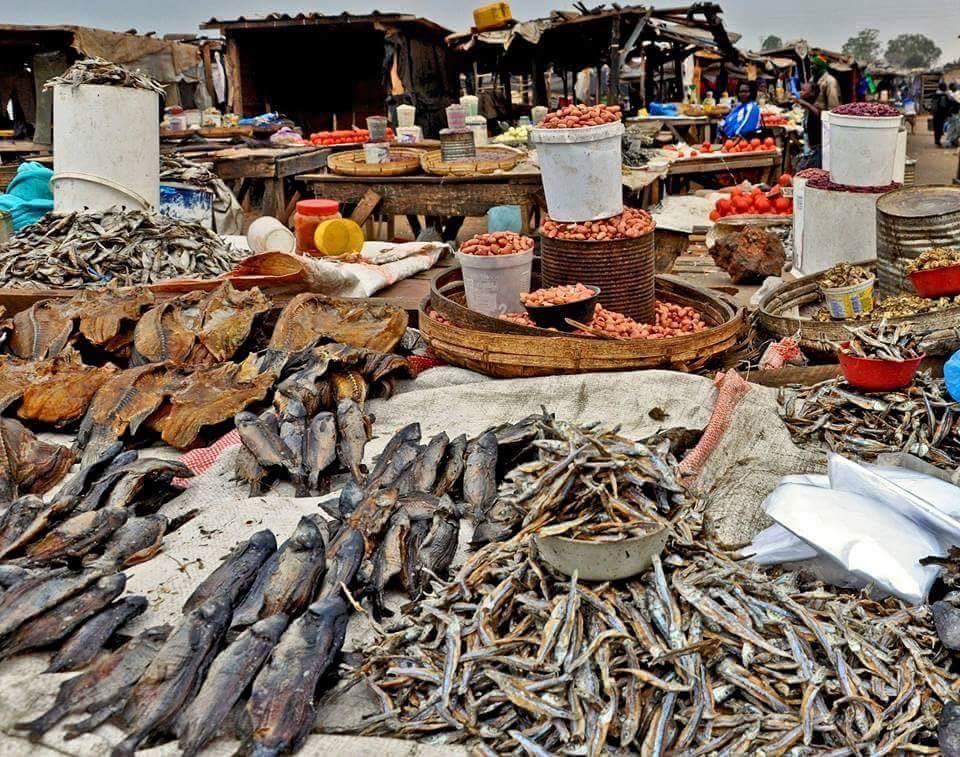- For every 1.5% increase in capacity utilization, government should reduce corporate tax by over 1%.
- VAT Rule number 18 stifles trade and enables South Africa to access DRC markets easier than Zambian products.
- The Expected Outcome of VAT Exemption and Corporate Tax Reduction is increased oil seed production.
Crushers and Edible Oil Refiners Association (CEDORA) has implored government to reduce agro-processing corporate tax from 35% to 10% as it finalizes the 2025 national budget.
In his submission during the National Consultations for the 2025 budget & 2025-2027 medium term budget plan in Lusaka, Association Executive Director, Dr. Aubrey Chibumba said for every 1.5% increase in capacity utilization, government should reduce corporate tax by over 1%.
Dr. Chibumba further stressed the need for government to strengthen the value chain under irrigation, noting that the agriculture sector has opportunistic players at every stage of the value chain.
“The Expected Outcome of VAT Exemption and Corporate Tax Reduction is increased oil seed production, refined oil and oil cake exports, capacity utilization, which will translate into lower unit cost of production, maximized employment and livelihoods opportunities. It will also result into a regionally Competitive Edible Oil sector,” Dr. Chibumba stated.
He also called for Value Added Tax (VAT) exemption on all edible oil, noting that Democratic Republic of Congo (DRC) is a palm oil market and the commodity is usually $100 to $350 cheaper than soya oil.
“VAT Rule number 18 stifles trade and enables South Africa to access DRC markets easier than Zambian products.
“With VAT exemption, there will be no need for round tripping or VAT Rule 18 and makes exports easier,” he said.
According to Dr. Chibumba, CEDORA has a crushing capacity of 1 million metric tonnes against national demand of 300, 000 metric tonnes, while excess capacity currently stands at 700, 000 metric tonnes with capacity utilization at 45 percent, and target capacity utilization at 80 percent.
The Association’s refining capacity stands at 300, 000 metric tonnes against national demand of 200, 000, while excess capacity is 100, 000 metric tonnes, with capacity utilization at 50 percent and target capacity utilization at 90 percent.
Zambia targets to produce 2 million metric tonnes of soya by 2027 and 3 million metric tonnes of the commodity by 2030.
The projection is driven by the new loan scheme and agriculture sector support to the loan scheme.





